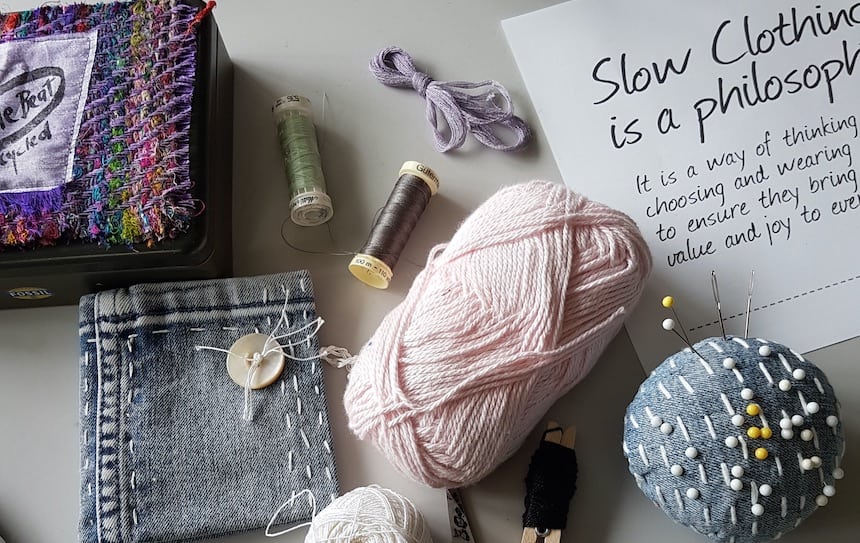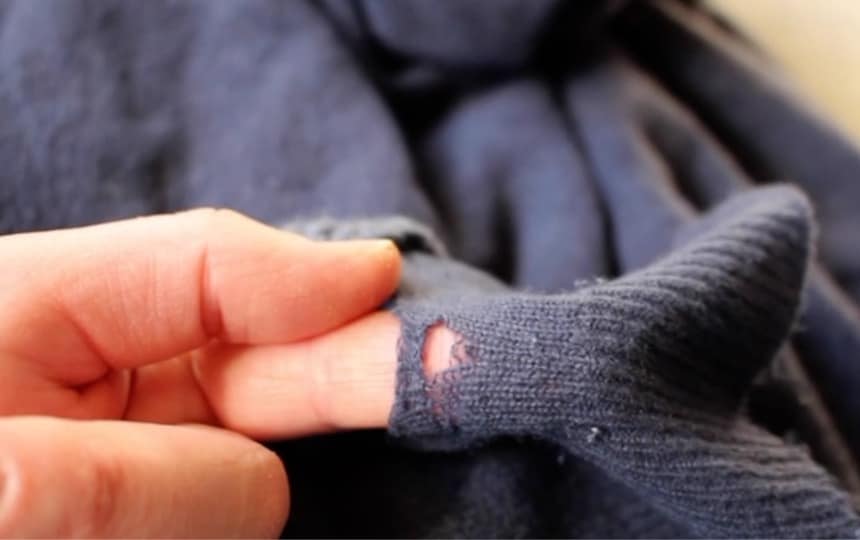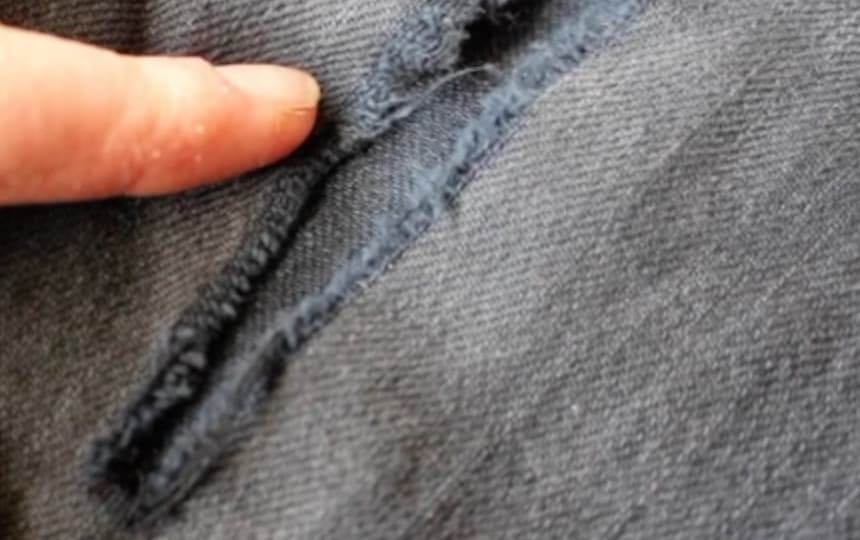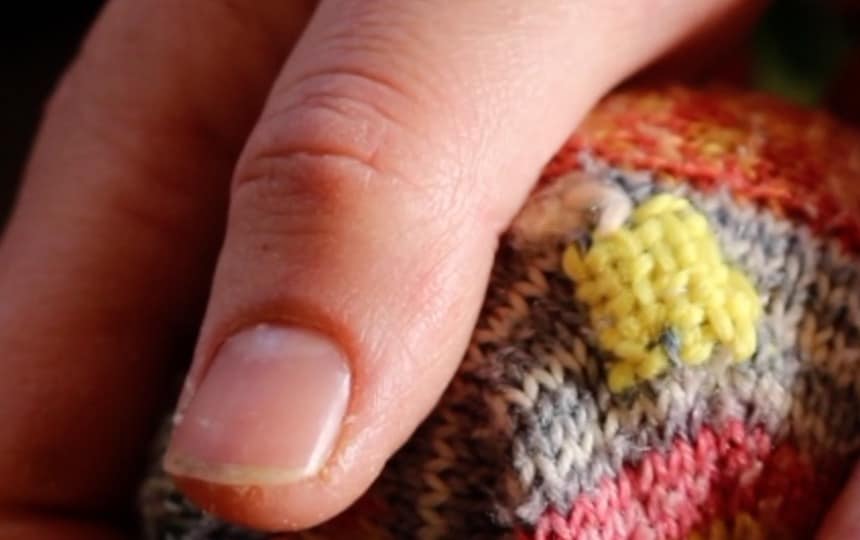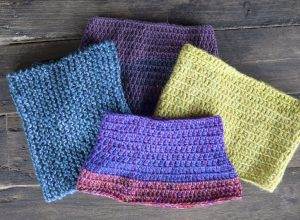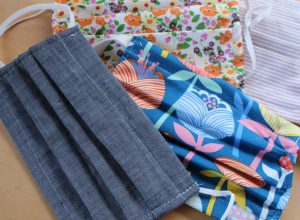Winter is the perfect time to sit by a crackling fire and get stuck into your mending pile.
The world of mending is a huge one, and in our latest video we’re going to give you the basic know-how to triage a garment and work out the best way to fix-it or fabulize-it.
Mending is a craft in itself that requires you to problem-solve a situation and find creative solutions. There’s no one “right” way to mend. But there are many tips and tricks to ensure your mending creates a lasting garment.
The first step: How was your garment made?
Most textiles are either knits or weaves.
A knit garment is constructed of one single thread, looped back on itself. This creates a stretchy fabric used in t-shirts, leggings, socks and, of course, knitted jumpers. Knit garments unravel.
Woven textiles are made of many different threads woven horizontally and vertically to create a stiffer fabric. They are used for shirts, linens and trousers. A woven item will tear or fray.
Look closely at the fabric to work out if you’re dealing with a knit or a weave. Woven fabric usually has a clear “grain” with the warp and the weft going under and over one another.
Knitted fabrics are usually a stockinette knit which is easily identifiable by the characteristic “v” stitches and the fabric’s ability to stretch and mould to your body.
Knitted and woven garments are mended differently.
Mending a knitted garment
When mending a knitted garment it’s important to catch loose stitches to stop laddering/unravelling.
For tiny holes in knitted garments, that are only a stitch or so wide it’s possible to simply catch loose stitches and sew them back together securely with either a running stitch or a grafting stitch. The adage “a stitch in time saves nine” really does apply with knits which can unravel very quickly.
Small holes can be patched up by using a basket-weave patch (see Pip mag #15 for instructions). You can try needle felting with woollen items. And reinforce this with a bit of creative embroidery.
For larger holes you could try knitted or felted patches or you can completely refashion a knitted item using steeking. A full guide to steeking can be found in the latest issue of Pip mag (#17).
Mending a woven garment
Meanwhile in woven garments we must reinforce around a hole or tear to ensure the garment does not fray or tear further either horizontally or vertically. Smaller tears in just one direction can be invisibly mended. To do this:
- stitch around the tear in the same colour;
- sew a matching patch on the wrong side of your tear;
- then reinforce on the right side on a sewing machine with zig-zag stitch.
For bigger tears it’s often best to unpick at the seams and perform serious sewing surgery. In Issue #6 we detail this hack with our “double denim” knee patches.
Or get creative with “visible mending” – turning your holes into works of art with decorative stitching and contrasting threads. Our guide to visible mending is in Issue #15.

